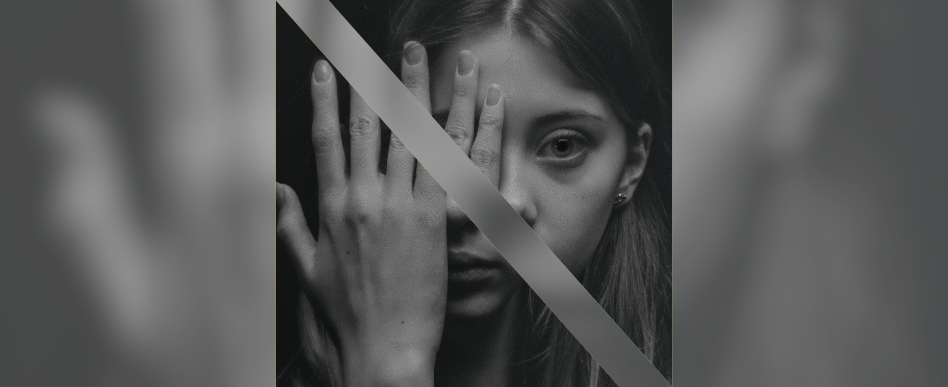October 10 marks World Mental Health Day.
Wanting to raise public awareness of this issue, this time we would like to focus mainly on the mental health of children and adolescents. Below are some statistics:
According to the Report “Improving mental health care for children and adolescents in Poland”, “(…)only 6 out of 10 children and adolescents perceive their lives as full of joy. The percentage is significantly lower among the oldest group surveyed (2nd grade of secondary school), at 45%. At the same time, one in five surveyed students of this age states that they feel no or only a little joy in life. This information is confirmed by the data on good mood – 13% of teenagers (students in the 6th grade of elementary school) and 19% of adolescents (2nd grade of high school) are of the opinion that they hardly ever have a good mood. Also alarming are the data indicating that sadness and loneliness accompany one in six high school students, and bad mood that takes away the desire to act almost a quarter of them (24%). It should be noted that sadness or loneliness, on the other hand, is very rarely experienced by the youngest group of children (students in the 2nd grade of elementary school) – about 6% of respondents. As they get older, when asked “how often in the last week have you been satisfied with the way you are?” an increasing percentage of young people answer “never” or “rarely. While one in ten elementary school sophomores are not satisfied with themselves (9%), the figure for high school and technical school students has already reached 33%. “*
Every year, the number of children affected by a mental health crisis is increasing, which is particularly evident in the case of teenagers aged 16-17, and this clearly shows us what a developmentally sensitive period adolescence is. Let’s not forget that children have to face the difficulties of two intertwining worlds on a daily basis: the real world and the virtual world. As the aforementioned Report states: “When talking about the mental health of children and adolescents, one cannot forget about the Internet space, which has long been a key environment for building relationships among young people and significantly affects their daily functioning. The time of Internet use by teenagers is increasing – on common days it reaches 5 hours 36 minutes, and on days off – 6 hours and 16 minutes. The attitude to the use of the Internet is one of the most important factors differentiating those born between 1995 and 2010. According to social researchers, this generation (known as the “Zet Generation”), due to its lack of familiarity with the world without access to the net (permanent – realized, for example, through a smartphone), is far less resistant to the dangers of, for example, addiction to digital media with particular emphasis on social media(…) Nearly 70% of teens believe that hate speech is a problem online, and nearly half of young people encounter situations online where their friends are attacked and challenged (44.6%). To make matters worse, passivity in situations of experiencing online violence is on the rise, with 38.5% in 2022 compared to 32.4% in 2020. “*
*Report “Improving mental health care for children and adolescents in Poland” MERITORIAL SUPERVISOR Dr. Anna Partyka-Opiela, EDITOR Maria Papis, AUTHORS: Dr. Paweł Kaźmierczyk, Maria Papis, Julia Nowosielska-Łaskawiec, Jan Bednarski; developed in cooperation between the law firm Rymarz Zdort Maruta and UNICEF Poland, as well as other representatives of the public and private side, social organizations, lawyers, experts and practitioners, and young people.
